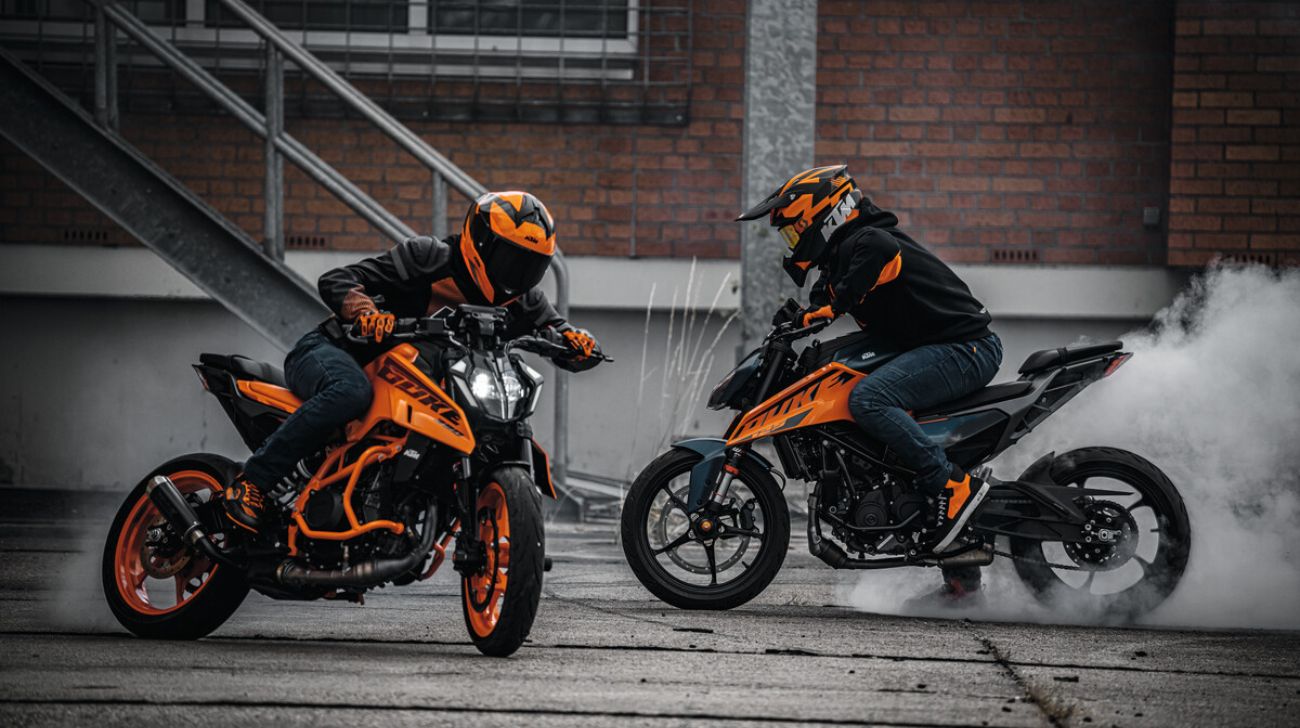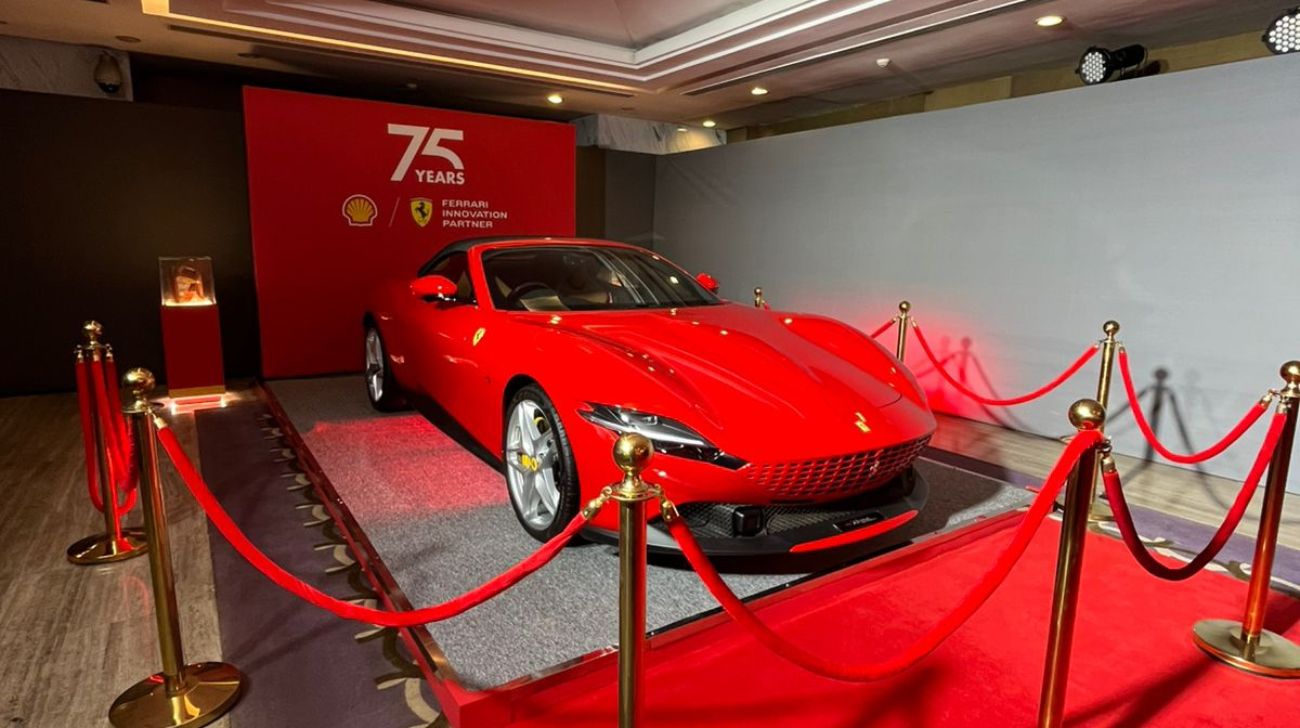When the McLaren 720S debuted at the 2017 Geneva Motor Show, there was a sense that the team in Woking had accomplished something exceptional. So its successor, the new 2024 McLaren 750S, must fill some big shoes. So it's good that you're staring at McLaren's lightest and most powerful series production ever.
But if it appears familiar, it isn't a new take on the British brand's Super Series stalwart. The new 750S, like the 650S before it, takes the significant underpinnings of the car it replaces and refines them.
Consequently, McLaren's supercar is lighter, more powerful, and more entertaining, and it will be offered in Coupe, and Spider forms from the start.
The evolution of the 720S
The main highlights are carried over from the 720S. The power plant remains a 4.0-litre twin-turbocharged V8. The automobile has a carbon fiber monocoque and a hydraulic suspension setup. However, everything has been fine-tuned to maximize the 750S' capabilities.
The engine produces more power than before, the factory engineers have shaved every gram off the chassis, and the suspension is now the newest PCC III with lighter components and superior geometry. The 750S also has a faster steering ratio and a power assistance pump. With all of this, McLaren believes that new or modified components account for 30% of the 750S.
Performance
The twin-turbocharged four-liter V8 McLaren M840T engine is located in the center of the teardrop form. The boost pressure has been increased for the 750S, and the 765LT's lighter pistons have been added. The flat-plane crank engine now produces 740 horsepower (750 PS / 552 kW) and 590 pound-feet (800 Nm) of torque.
Although the power increase over the 720S is only 4% on paper, the power and torque ratings now exceed those of the P1 (727 bhp and 531 lb-ft), becoming the 750S McLaren's most powerful production vehicle.
The 750S is faster than its predecessor, thanks to a shorter final drive ratio, with a 0-60 mph (0-96 km/h) pace of 2.7 seconds. If you keep your foot planted, you can reach 124 mph (200 km/h) in 7.2 seconds (0.1 seconds slower than the Spider) and 186 mph (299 km/h) in 19.8 seconds (20.4 seconds slower than the Spider).
Other enhancements to the powertrain include a lighter center-exit exhaust system that has been tweaked to increase acoustics. As a result, the firing sequence has been reduced in certain areas and boosted in others to generate what McLaren engineers call "a greater crescendo at high engine speeds."
Weight Reduction
McLaren's significant achievement with the 750S is the weight savings. The British supercar manufacturer boasts that the 750S tops the segment with a power-to-weight ratio of 579 bhp-per-tonne – a statistic that becomes even more astounding compared to the Ferrari F8 Tributo, which can only generate a bit more than 500 bhp-per-tonne. Of course, there are a few caveats: the 750S reaches that ratio in its lightest configuration.
The weight reductions are McLaren's most significant accomplishment with the 750S. The British supercar maker claims that the 750S has the best power-to-weight ratio in the sector at 579 bhp per tonne, which is even more impressive when compared to the Ferrari F8 Tributo, which only has a little more than 500 horsepower per tonne. Of course, there are certain limitations: the 750S only achieves that ratio in its lightest form.
This is significant since the 750S is available in various lightweight configurations. For example, although the bare carbon fiber seats are 38.6 pounds (17.5 kg) less than those found on the base 720S, "super lightweight" seats are 33 per cent lighter. Another way to save weight is to keep the passenger seat in place — adding movable rails is possible.
The standard wheels, on the other hand, are new 10-spoke "ultra-lightweight" forged items that save a further 30.4 lbs (13.8 kg), and even the instrument display and windscreen glass have been lightened.
In its lightest configuration, the Coupe has a dry weight of 2,825 lbs (1,281 kg) or 3,062 lbs (1,389 kg) with fluids. The Spider, which has a retractable hardtop, doesn't pay a high price since the carbon tub is robust enough to avoid the need for extra bracing. The Spider weighs 2,923 pounds (1,326 kilograms) dry and 3,170 pounds (1,438 kilograms) with fluids.
More Aerodynamic
The 750S adopts the broad strokes of the 720S design. It has been updated in terms of both appearance and aerodynamic efficiency. A new, more giant active rear wing boosts downforce at high speeds while acting as an F1-inspired DRS system to cut drag when accelerating. The doors include channels that help the 750S' overall aero and cooling capacities, and a deeper front splitter has been engineered to not add to the car's overhang.
Meanwhile, the front-axle lift mechanism has been redesigned to deploy in 4 seconds rather than the 720S' 10 seconds. The inside is upholstered in Alcantara, with Nappa leather choices.
Apple CarPlay is included as standard, as are upgraded visuals and touch sensitivity for the center screen. The new McLaren Control Launcher is housed in a new addition to the center display. The MCL lets drivers retain their preferred aero, engine, handling, and gearbox settings, giving for a more personalized driving experience.
If the MCL choices for preparing the 750S for the track aren't enough, owners may proceed with the new track brake modification. Inspired by the McLaren Senna, the option pairs ceramic discs with monobloc calipers that use their F1-inspired cooling technology. Pirelli P Zero Trofeo R tyres built specifically for the 750S are also available. They are intended to replace the conventional Pirelli P Zero or P Zero Corsa. tires
| SPECS | |
|---|---|
| Engine | > M840T 4.0-liter twin-turbo V8 |
| Drivetrain | > Longitudinal mid-engined, RWD |
| Power | > 740hp @ 7,500rpm |
| Torque | > 590hp @ 5,500rpm |
| Transmission | > 7 Speed SSG. Comfort, Sport and Track |
| Brakes | > Carbon Ceramic Discs |
| Dimensions | > 180 in. L x 76 in. W x 47 in. H / 105 in. WB |
| Dry Weight | > coupe 2,815 lbs / Spider 2,923 lbs |


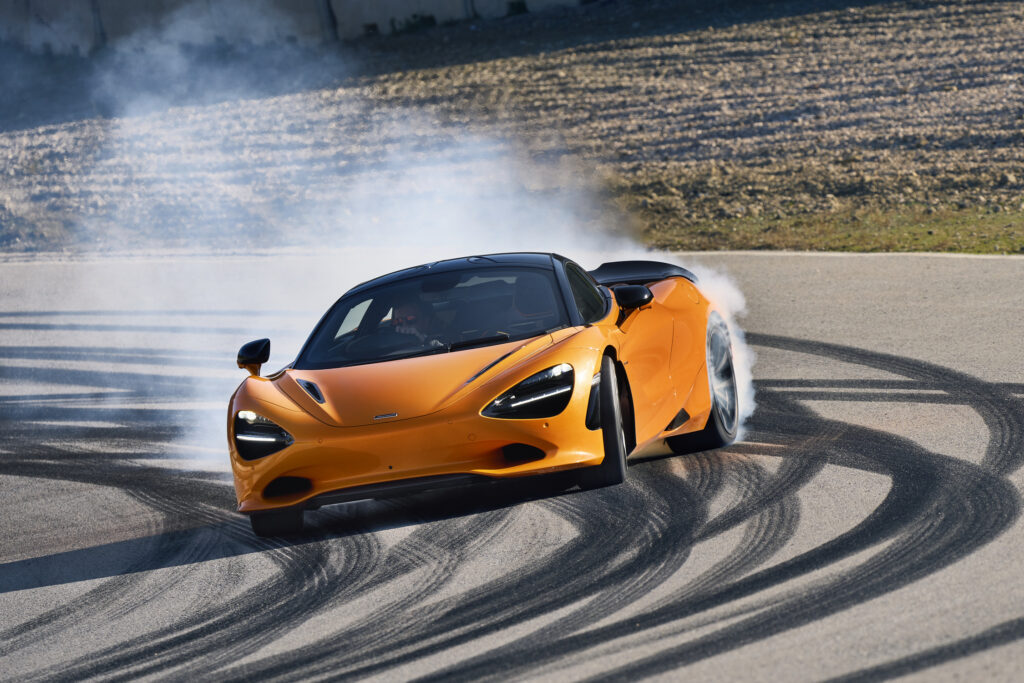




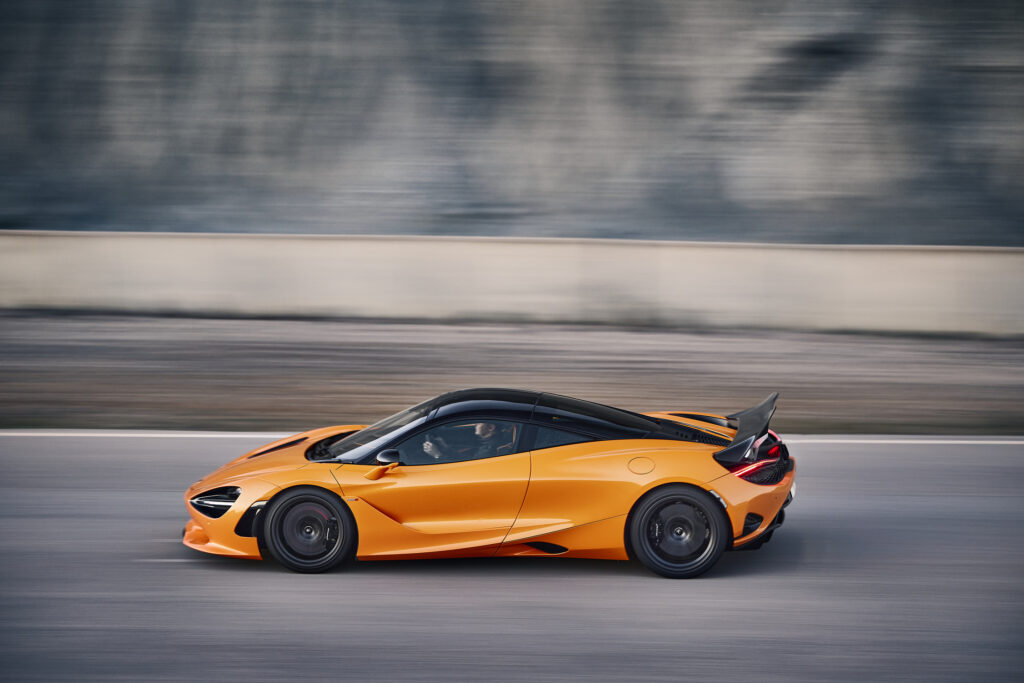
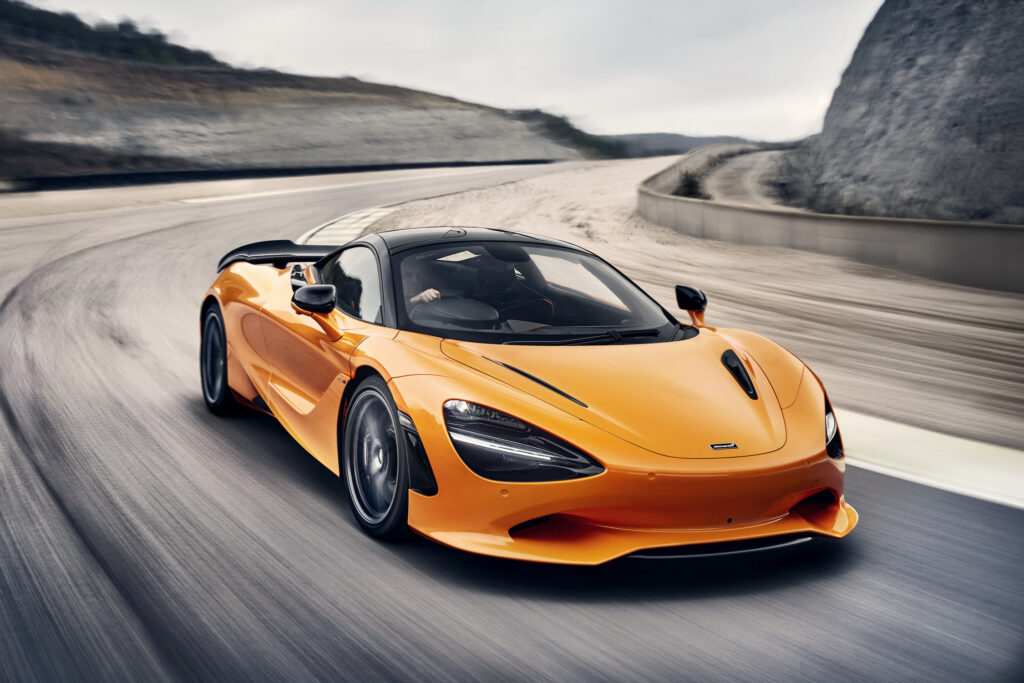




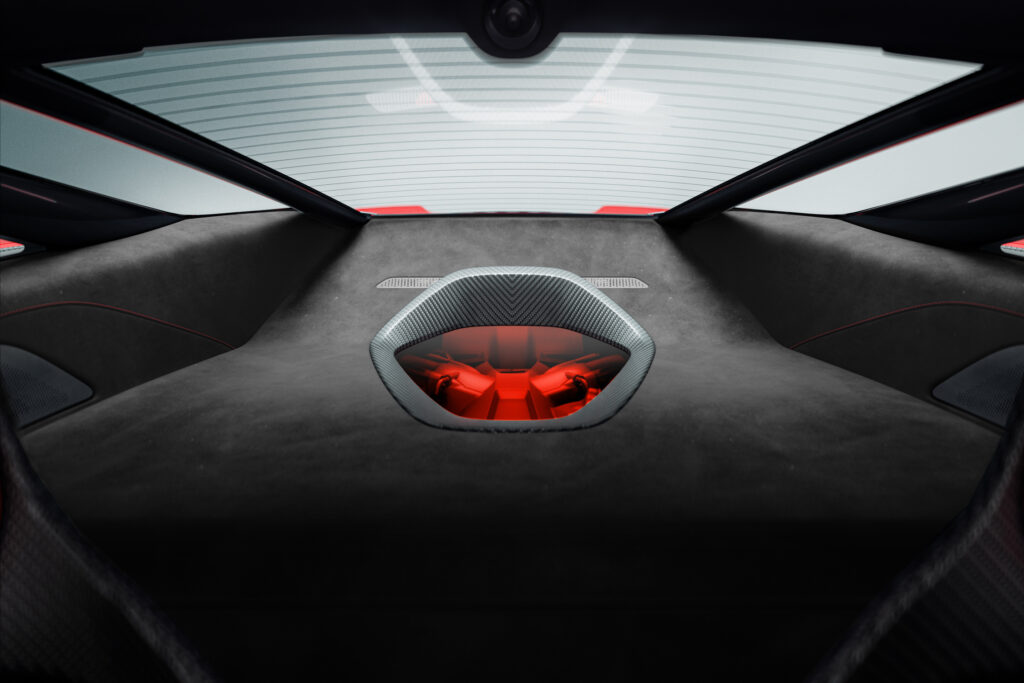




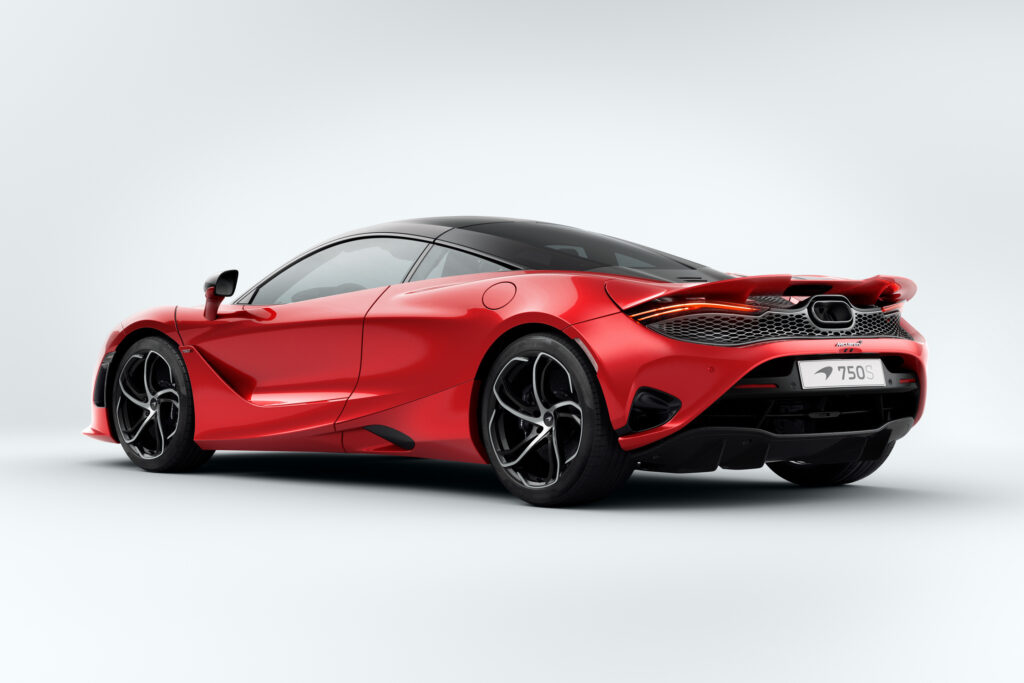


.jpg)
